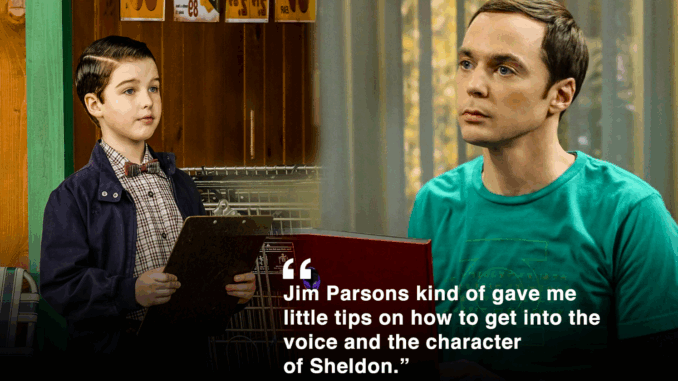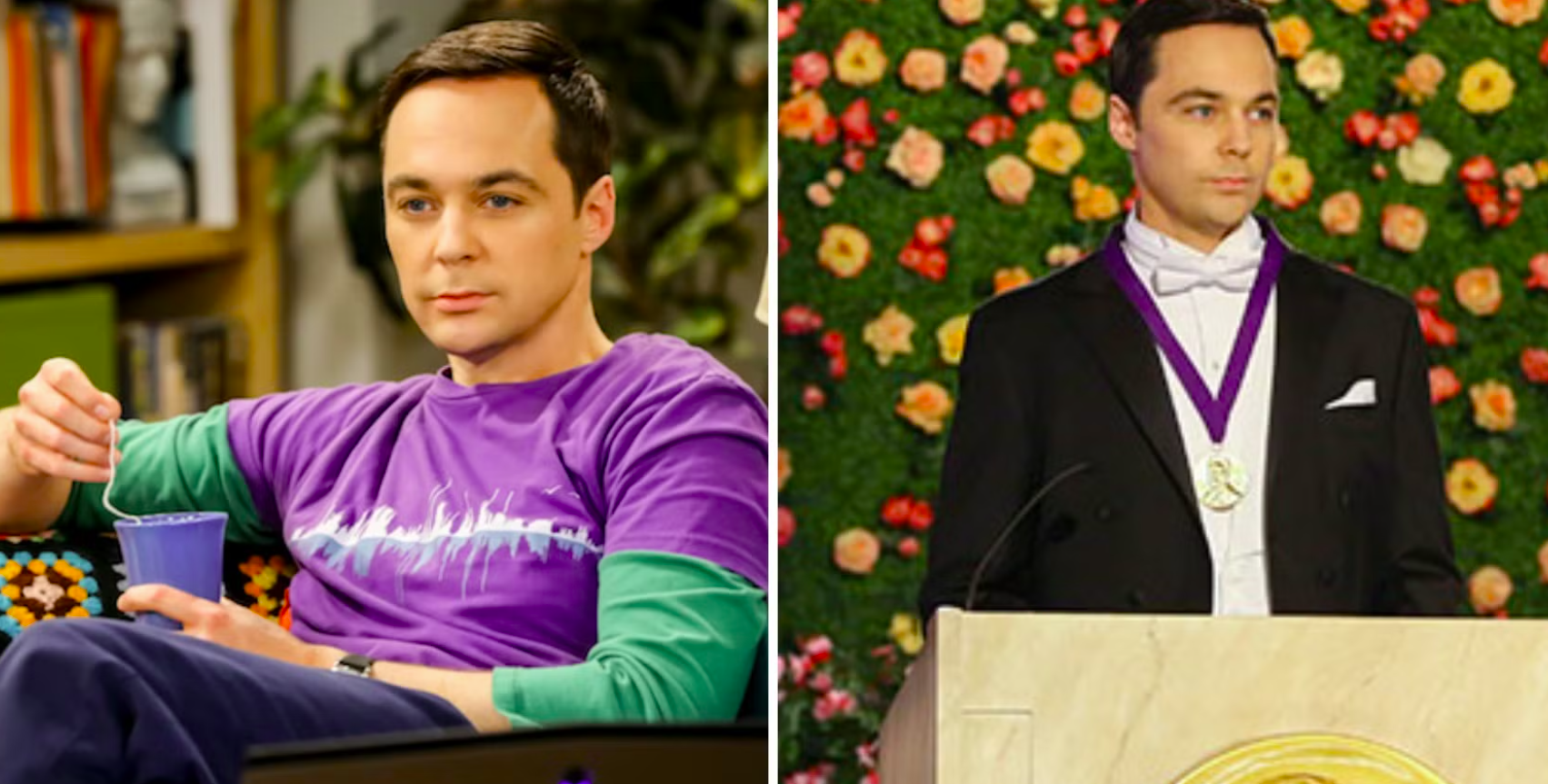
The Reluctant Hero: Sheldon Cooper’s Early Struggles with Social Norms
When Sheldon Cooper, played by Jim Parsons, first appeared on The Big Bang Theory, he was immediately recognized as the embodiment of intelligence wrapped in social ineptitude. Sheldon’s remarkable IQ and scientific brilliance were overshadowed by his inability to grasp social cues, engage in small talk, or even show basic empathy for others. His behavior, often eccentric and unpredictable, made him an outsider among his peers.
While Sheldon’s early character was primarily defined by his lack of social awareness, this quirky trait would eventually lead to one of the show’s most compelling and unexpected character arcs: his transformation from a misunderstood genius to a beloved partner and friend.
Sheldon’s Love-Hate Relationship with Change
One of the most captivating aspects of Sheldon’s journey was his relationship with change—or more accurately, his resistance to it. From his obsessive routines to his extreme sensitivity to any disruption in his personal space, Sheldon was the epitome of someone stuck in their ways. However, this resistance to change also became a source of both comedy and drama throughout the series.
When Amy Farrah Fowler was introduced in Season 4, she was initially portrayed as a mirror image of Sheldon: socially awkward, scientifically driven, and seemingly incapable of forming a meaningful romantic relationship. However, it was Amy’s ability to challenge Sheldon’s rigid worldview that sparked the beginning of his transformation. The evolution of their relationship serves as one of the most important emotional developments in The Big Bang Theory.
Sheldon and Amy: A Journey of Growth and Compromise
Unlike Sheldon’s previous romantic flings, his relationship with Amy was rooted in mutual understanding and gradual growth. Initially, Sheldon viewed their relationship more like an intellectual partnership than a romantic one, and the concept of physical affection was foreign to him. But over time, Amy helped Sheldon understand the complexities of emotional intimacy and love.
One of the most defining moments in Sheldon’s growth was his slow acceptance of emotional vulnerability. For someone who prided himself on being logical and detached, Sheldon’s eventual willingness to express his emotions, particularly in his relationship with Amy, marked a major turning point in his character arc.
Their relationship was not without its challenges—Sheldon’s inflexibility, Amy’s need for affection, and their different approaches to conflict resolution created tension. But as they navigated these hurdles together, Sheldon began to embrace change. He learned how to compromise, how to share his emotions, and, ultimately, how to love in a way that was new to him.
The Proposal: Sheldon’s Leap into Uncertainty

The proposal episode in Season 9, “The Opening Night Excitation,” was a monumental moment in Sheldon and Amy’s journey. In the episode, Sheldon not only surprises Amy with an unexpected, yet deeply thoughtful, proposal but also demonstrates an emotional growth that had taken years to unfold. For Sheldon, proposing marriage wasn’t just about tradition or societal expectation—it was a leap into the unknown, a symbol of his willingness to face uncertainty for the sake of his relationship.
This pivotal moment served as a culmination of Sheldon’s emotional development. By proposing to Amy, he was no longer the isolated genius he once was; he had transformed into someone who could engage in a relationship with all its messiness, unpredictability, and emotional depth. Sheldon’s willingness to take the leap into marriage signaled a maturity that his character had previously lacked.
The Wedding and Beyond: A New Chapter in Sheldon’s Life
By the time Sheldon and Amy tied the knot in Season 11, viewers had witnessed Sheldon’s transformation into a loving and supportive partner. Their wedding episode, “The Stockholm Syndrome,” showed Sheldon’s vulnerability and deep affection for Amy in ways that had previously been unthinkable.
But it wasn’t just Sheldon’s love for Amy that had evolved—his relationship with the entire group of friends had also changed. Sheldon had learned to value the people in his life, not just for their intellectual contributions, but for the emotional support they provided. This shift in perspective was particularly evident in his growing bond with Penny and Leonard, as well as his evolving friendship with Howard and Raj.
In the final season, Sheldon’s life was no longer defined solely by his intellect or eccentricities. His relationships, his emotional growth, and his ability to navigate life’s challenges made him a more relatable and well-rounded character. By the time the series ended, Sheldon had finally embraced the full spectrum of human connection—he had become a partner, a friend, and someone capable of deep emotional bonds.
Conclusion: Sheldon’s Journey—From Outcast to Hero
Sheldon Cooper’s transformation over the course of The Big Bang Theory is a testament to the power of love, compromise, and emotional growth. What started as a character defined by his social awkwardness and inability to connect with others turned into one of the most heartfelt and rewarding character arcs in television history.
Sheldon’s evolution—from the isolated genius to a beloved husband—was not just about romantic relationships but about his ability to open his heart and grow as a person. While Sheldon may have started as an eccentric, socially inept genius, his journey shows us that even the most unlikely characters can change, learn to love, and find happiness in the most unexpected places.
